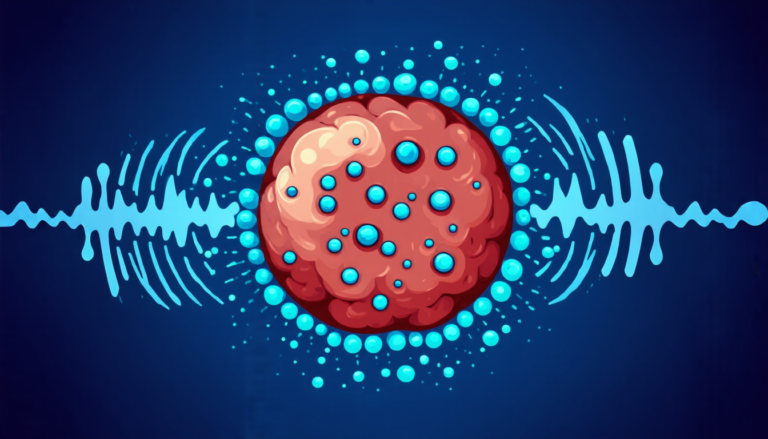Tuesday 08 April 2025
Scientists have made a significant breakthrough in understanding how complex shapes and patterns can be analyzed using mathematical techniques. By developing a new way of representing these patterns, researchers have created a powerful tool for studying and analyzing complex data.
The technique, known as graphcodes, uses a unique combination of mathematics and computer science to represent complex patterns as graphs. This allows scientists to visualize and analyze the relationships between different parts of the pattern, making it easier to identify trends and connections that might otherwise be hidden.
One of the key advantages of graphcodes is its ability to simplify complex data into a more manageable format. By breaking down large datasets into smaller, more easily understandable pieces, researchers can focus on specific aspects of the data without getting overwhelmed by the sheer volume of information.
Graphcodes have already been applied in a variety of fields, including computer science, physics, and biology. For example, scientists studying the structure of molecules have used graphcodes to identify patterns that could lead to new discoveries about how these molecules interact with each other.
In addition to its practical applications, graphcodes also has theoretical implications for our understanding of complex systems. By providing a new way to analyze and visualize these systems, researchers can gain insights into how they work and how they might be improved or optimized.
The development of graphcodes is the result of a collaboration between mathematicians and computer scientists from several different institutions. The researchers used a combination of mathematical techniques and computer programming to develop the algorithm that underlies graphcodes.
While graphcodes is still a relatively new technique, it has already shown significant promise in a variety of applications. As researchers continue to refine and expand its capabilities, we can expect to see even more exciting developments in the field of complex systems analysis.
The potential benefits of graphcodes are vast and varied. From improving our understanding of complex biological systems to developing new materials with unique properties, this technique has the potential to make a significant impact on many different fields. As researchers continue to explore its possibilities, we can expect to see even more innovative applications of graphcodes in the years to come.
In the world of science, there is always something new and exciting waiting just around the corner. The development of graphcodes is just one example of the kind of innovative thinking that is driving progress in many different fields today. Whether you’re a scientist or simply someone who is interested in staying up-to-date on the latest developments in the field, graphcodes is definitely worth keeping an eye on.
Cite this article: “Decoding Hidden Patterns in Data with Graphcodes: A New Frontier in Multiparameter Persistence Modules”, The Science Archive, 2025.
Mathematics, Computer Science, Complex Systems, Data Analysis, Graphcodes, Patterns, Relationships, Visualization, Algorithms, Complexity







